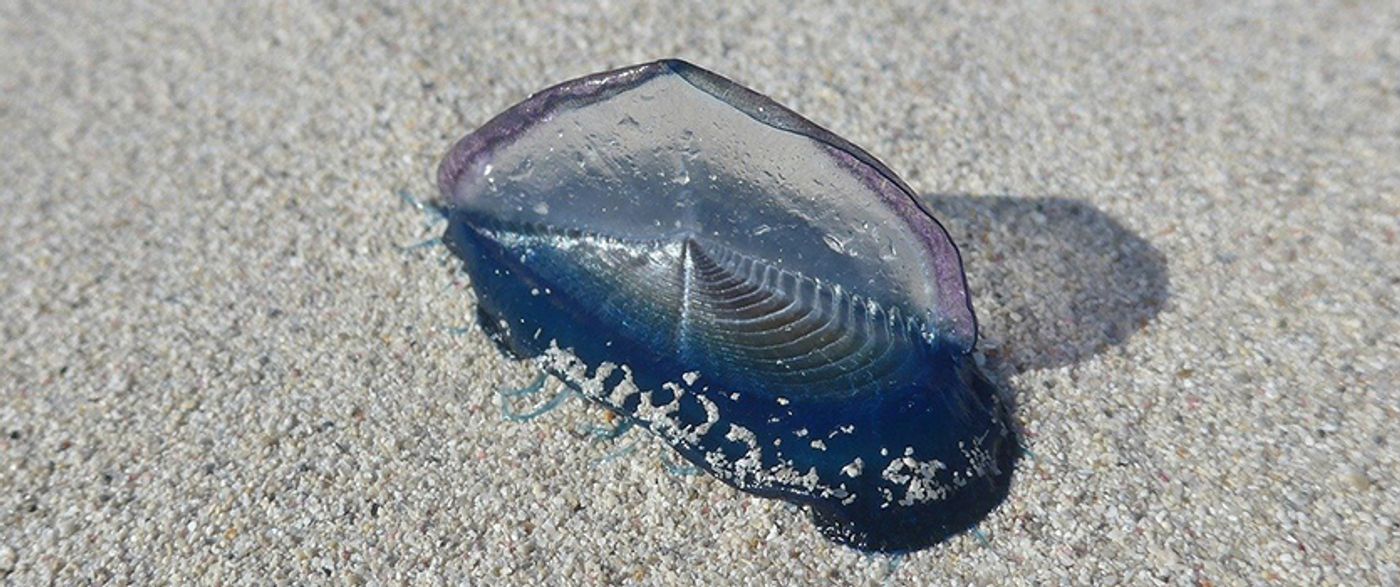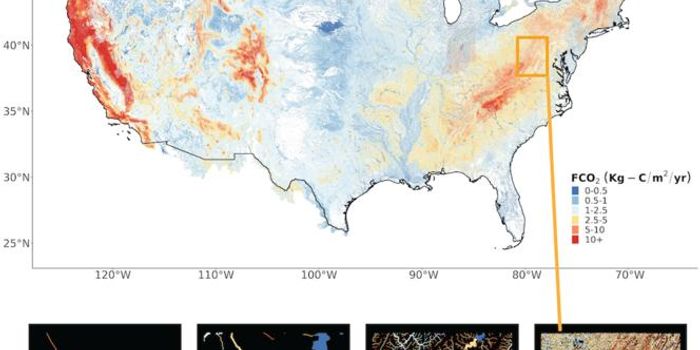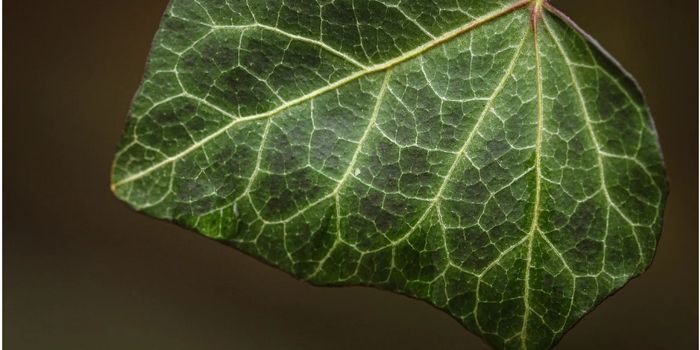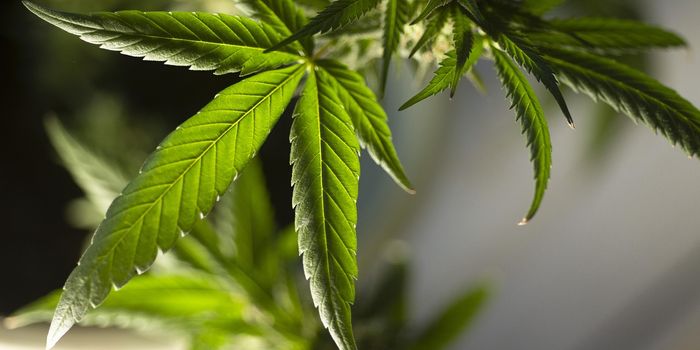Spring Winds Following Warmer Winters Cause Mass Jellyfish Strandings
Beachgoers are certainly not fond of jellyfish in the water, but seeing hundreds of them wash ashore is an interesting and less threatening sight. This is the case with “by-the-wind-sailor” jellies, Velella velella. According to the University of Washington (UW), Velella is not a single animal but a colony of asexual polyps designed to float along the ocean’s surface with a sail-like dorsal extension. Mass stranding events of these gelatinous colonies occur worldwide, and recent research from UW revealed distinct patterns in these stranding events and explained why the death toll is sometimes remarkably higher than average. The study results were published in Marine Ecology Progress Series earlier this month.
Citizen scientists are to thank for the information used in this study. According to an article from UW, the study utilized 20 years of observations from COASST—Coastal Observation and Seabird Survey Team. The study reports that COASST covers about 200 beach sites from Cape Flattery on Washington’s Olympic Peninsula to Elk, California. COASST observers know when and where to expect strandings of Velella. The animals dry out to a crunchy consistency and turn white when they wash ashore, so it’s a common sight usually reported by COASST surveyors.
Using the information documented by COASST, the UW study found many Velella wash ashore in Spring, when the winds shift, as expected. Warmer winters allowed Velella populations to bloom rapidly, but then winds pushed them all ashore in Spring. However, UW reports that they discovered unusually massive stranding events in 2003-2005 and 2015-2019. In one instance during the 2015-2019 strandings, Velella carpeted more than 1,000 kilometers of coastline in a two-week window between mid-March to mid-April.
Additionally, as UW reports, the 2015-2019 stranding spikes were likely due to “the blob,” a marine heatwave that has caused mass die-offs of seabirds and marine mammals. Julia Parrish—senior author, professor in the UW School of Aquatic and Fishery Sciences, and executive director of COASST—stated that “this paper and our data really do suggest that in a warming world, we’re going to have more of these organisms.” She continues that “the ecosystem itself is tipping in the direction of these jellies because they win in warmer conditions.” She explains that Velella can amass in more significant numbers during the warmer winters and persist thanks to calmer seas, less turbulent seas.
According to UW, climate change will likely continue to cause warmer winters, impacting all ecosystems. Parrish told UW reporters, “A changing climate creates new winners and losers in every ecosystem. What’s scary is that we’re documenting that change.”
Sources: University of Washington, Marine Ecology Progress Series









